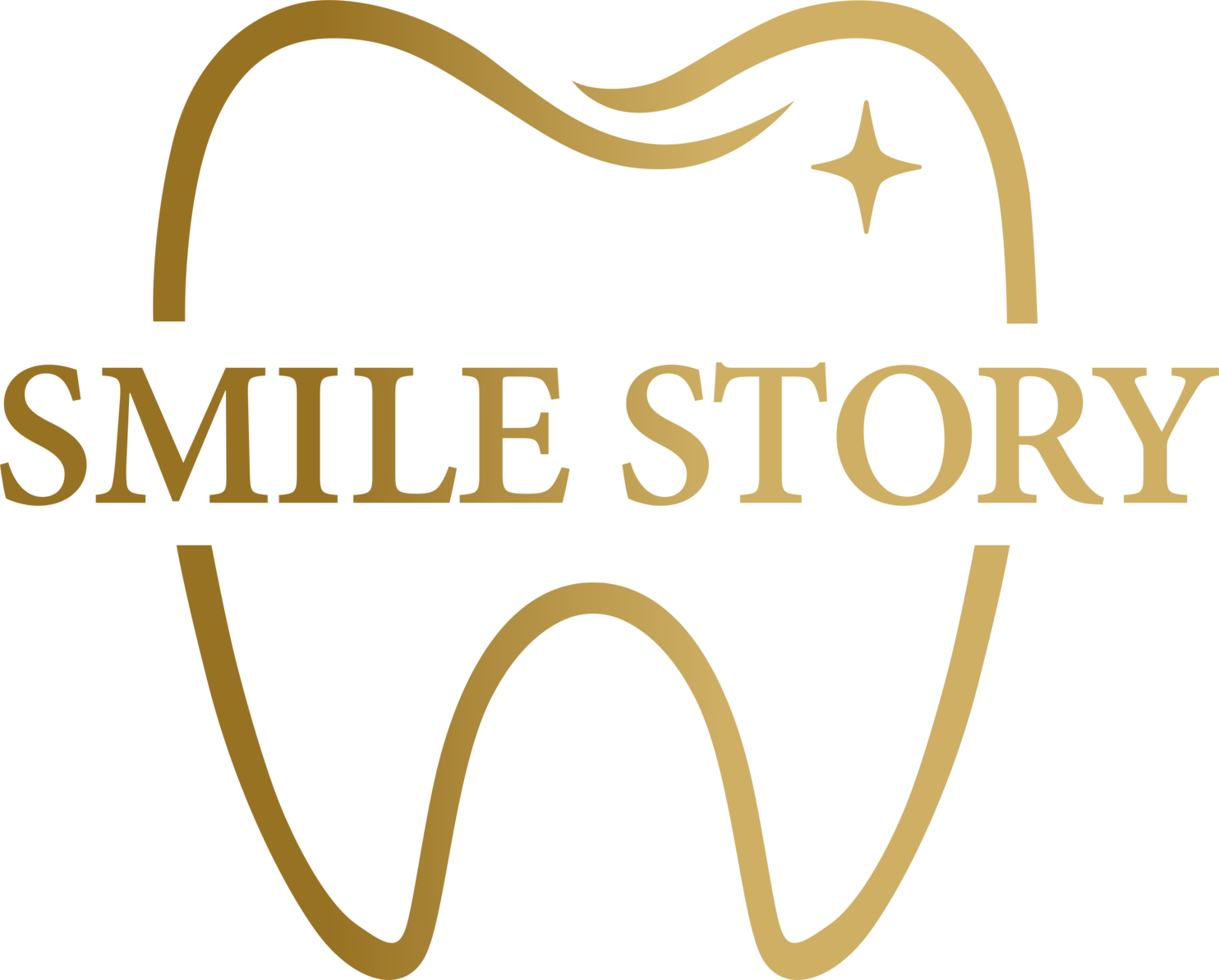Gum Disease Treatment and Prevention Near You
Bleeding Gums
Bleeding gums are often the first noticeable sign that your gums are irritated or infected. This symptom usually develops because plaque and bacteria accumulate along the gumline, causing inflammation that makes the gums tender and prone to bleeding. Habits such as smoking, inconsistent brushing, or skipping flossing can make the problem worse and allow the infection to progress more quickly. In some cases, underlying health conditions such as vitamin deficiencies or hormonal changes may also contribute. Without timely treatment, bleeding gums can lead to more advanced gum disease and long-term complications. Incorporating proper brushing and flossing, along with routine professional cleanings, is essential for reducing inflammation and restoring gum health.
Gum Graft
A gum graft is a specialized procedure designed to restore gum tissue that has been lost due to recession. Gum recession occurs when the gumline gradually pulls away from the teeth, exposing the roots and increasing sensitivity, vulnerability to decay, and aesthetic concerns. During a gum graft, your dentist or periodontist places a small amount of healthy tissue over the exposed root surface, either from another part of your mouth or a donor source. This added tissue strengthens the gumline, improves protection, and enhances the overall appearance of your smile. Gum grafting is particularly important for patients with advanced recession, as it prevents further deterioration and helps preserve the long-term stability of the affected teeth.
Periodontitis
Periodontitis is a serious stage of gum disease that develops when plaque and bacteria move beneath the gumline and trigger a deeper infection. As the condition progresses, the body’s inflammatory response begins breaking down the tissues and bone that support the teeth. Smoking, poor oral hygiene, genetics, medical conditions such as diabetes, and chronic stress can all accelerate this destructive process. Common symptoms include gum recession, persistent bad breath, swelling, and discomfort when chewing. If left untreated, periodontitis can permanently damage the bone structure and lead to tooth mobility or tooth loss. Effective management includes professional deep cleanings, improved daily home care, and periodontal therapies designed to control infection and preserve oral health.
Gum Recession
Gum recession occurs when the gum tissue gradually pulls back, exposing the roots of the teeth and making them more sensitive to temperature, brushing, and certain foods. This condition can result from gum disease, aggressive brushing techniques, teeth grinding, or misaligned teeth. As the gums recede, teeth may appear longer or develop small notches near the gumline, creating an uneven or aged appearance. If recession is left unaddressed, it can lead to increased risk of decay, root damage, and eventually the weakening of tooth support. Treatment options depend on the severity and cause of recession and may include adjusting oral care habits, managing grinding, improving gum health, or restoring lost tissue with a gum graft. Addressing gum recession early helps protect your teeth and maintain long-term oral health.

